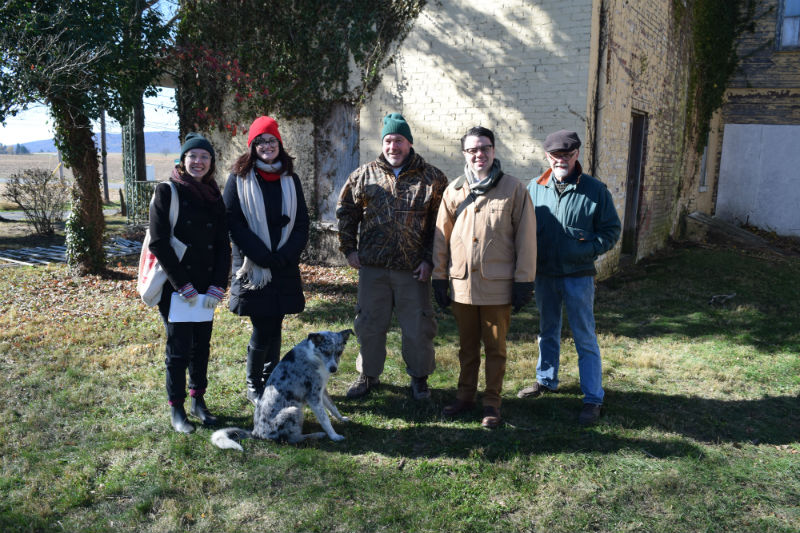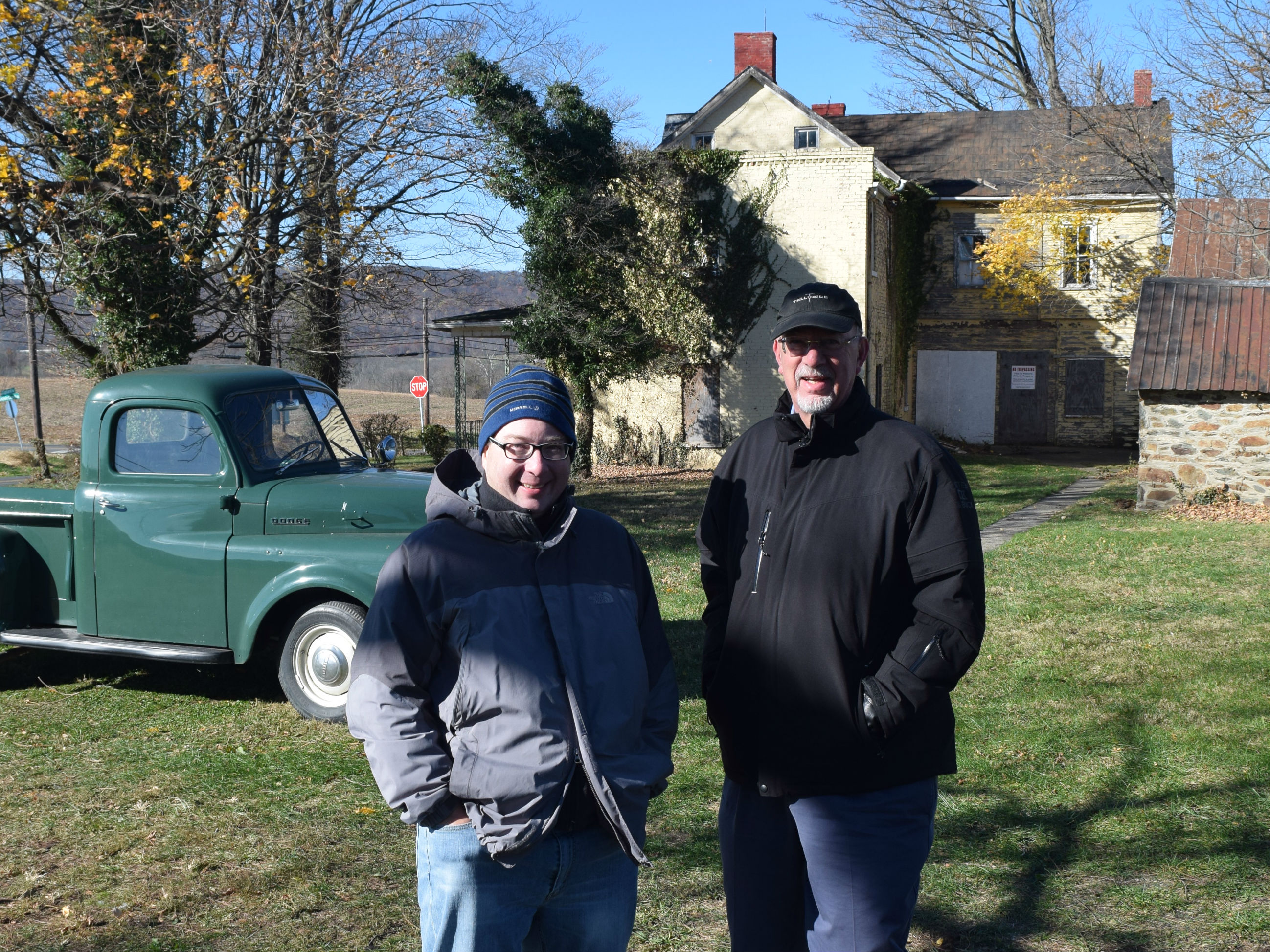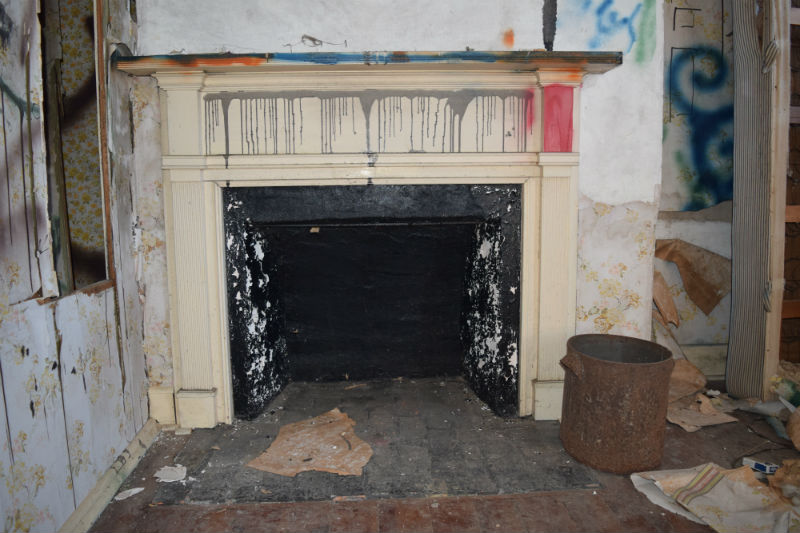As part of our Six-to-Fix program, Preservation Maryland brought together a renowned group of engineering, construction, and architecture experts to tour and assess the ca. 1840 Shafer Farm in Burkittsville, Maryland. Their expertise will help guide immediate repair and stabilization needs, future large-scale preservation and interpretation planning, and grant-writing and fundraising – a concerted effort that is essential to revitalize this Civil War-era property.
THE FIX

The property was recently acquired by the Burkittsville Preservation Association dedicated and passionate about their small communities’ place in the history of the Civil War and Maryland heritage. Assisting the Association, Preservation Maryland has leverage and utilized it’s statewide connections to much-needed professional expertise to the deteriorating property as a first step to a large project that may see the Shafer Farm joining other regional properties as part of a Western Maryland heritage tourism destination.
This first assessment included and may result in:
- Photography for baseline condition documentation
- Detailed measurements for floor plans, sections, and digital 3D model
- Prioritized repairs and stabilization in preparation for winter
- Initial thoughts on its potential for reuse and heritage tourism
Our Partners in Preservation:
WORKDAY SUMMARY
Michelle Eshelman, Preservation Associate, leads Preservation Maryland’s site documentation, preservation architecture, and digital rendering projects.
We began by touring the building, photographing and documenting the interior. Just outside of downtown Burkittsville, this regional vernacular farmhouse dates back to 1850, and played a role in the Civil War. The farm the site of a Union Headquarters during the Civil War Battle of South Mountain in 1862. The farm house, barn, and out buildings have been vacant for nearly 20 years and have suffered as a result of deferred maintenance. The house is 5-bay by 2-bay, and on the first floor features an entry foyer and main stair, 3 large main rooms, an added kitchen, and smaller back stairway. A curved addition on the right of the house was formerly used as a billiard room, and does not allow access the main house, but rather a second front door.
- Engineering advice from Keast & Hood.
- Architects from Quinn Evans.
- Shafer Farm, fireplace detail.
- Shafer Farm, 2016.
- Shafer Farm, interior.
- View of property and battlefield at Shafer Farm
The second floor of the house is somewhat unusual, making use of the first floor landing to offer 4 separate smaller stairs leading to separate rooms on the second floor. This tactic was likely used to accommodate the addition to the back of the house, and allow access from a more central location. The second floor features 5 rooms, a bathroom, and access to the second floor of the curved addition to the right of the house. The stairs continue from the main staircase to the third floor attic of the house. The second floor and attic were found filled with belongings of the previous owner, who lived in the house until age 103. These belongings have been taken long ago, but many boxes, magazines, encyclopedias, and old jars remain in the house.
BE PART OF THE FIX
Armed with the information gathered at this November 2016 site visit, Preservation Maryland and the Association will continue to make the case for preservation and reuse – and that takes resources. If you are interested in this project, please donate, volunteer, sign up to receive our newsletter about future ways to get involved.







